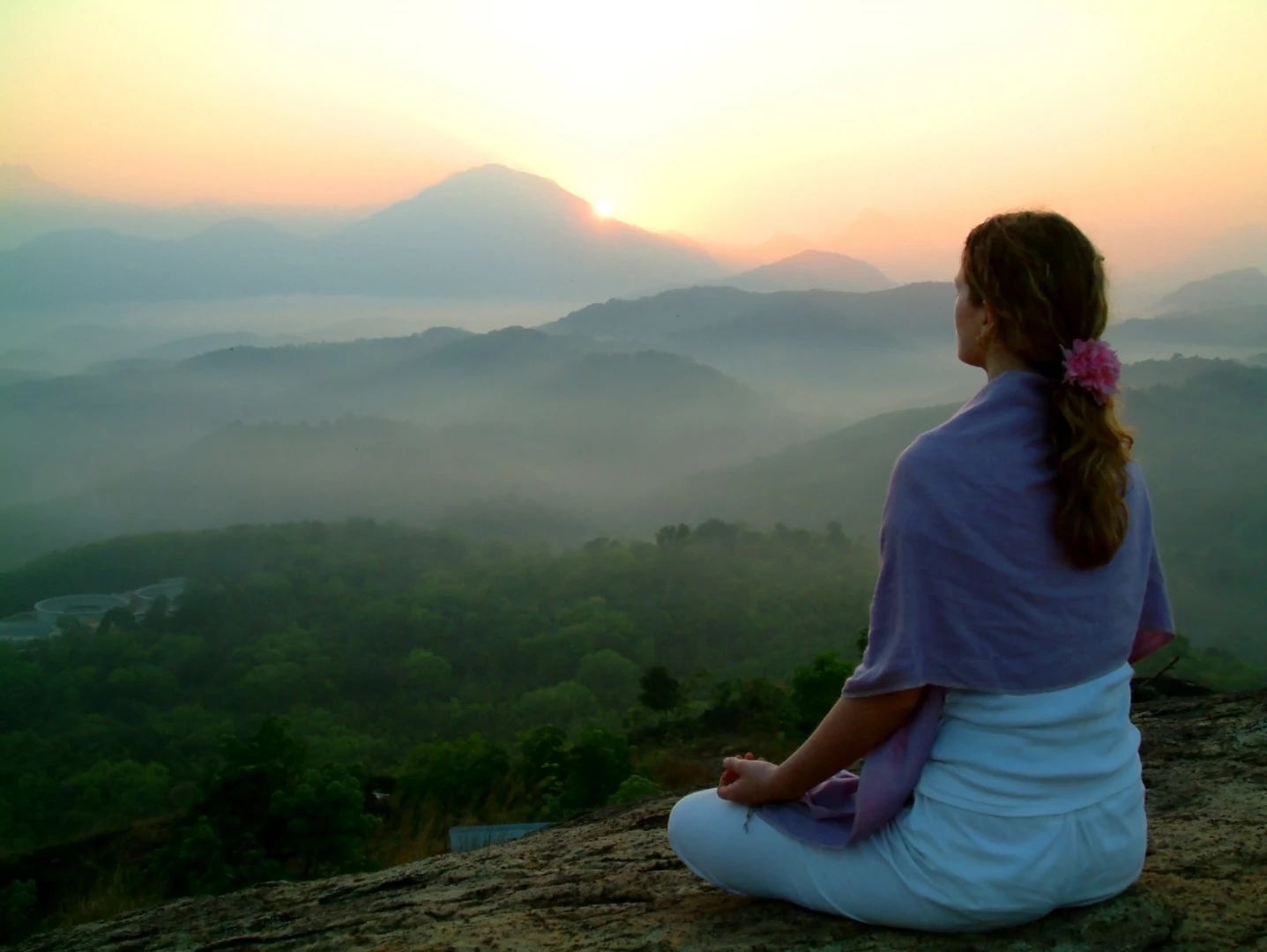Do You Suffer From Nature Deficiency?

Want to put a little extra Sun in your Sun Salutations? Next time you hit your yoga mat, take it out under the open skies.
For adults with busy lives, it’s easy to forget to spend time outside. For many people, the way our life is engineered, we can go for weeks mostly spending time inside, especially when we move from the garage to the car to the parking lot to the elevator to work, and back again.
However, the more our daily routine insulates us from nature, the more we risk losing touch with nature. And in that, we are making a grave mistake.
“Nature-deficit disorder” is a term first coined by Richard Louv, author of Last Child in the Woods, to explain the growing gap between humans and nature. Louv seeks to explain why and how nature deficit develops, and more importantly, what can be done about it.
While not technically a medical diagnosis, nature deficit is a condition that has strong implications and requires conscious efforts to address. As Louv notes in his latest book, The Nature Principle: Human Restoration and the End of Nature-Deficit Disorder, “ a reconnection to the natural world is fundamental to human health, well-being, spirit, and survival.”
With most people’s lives revolving around a town or a city, getting exposure to nature is not always easy. Wildlife doesn’t roam street corners, nor do natural ponds pop up between corporate offices. For the first time in world history, more than half of the world’s population lives in a city or town, and thus contact with nature must become more intentional.
As we grow increasingly separate from nature, the consequences of this distancing are sneaking up on us. According to Louv, many of the problems Americans face today stem from nature-deficit disorder. For example, being outside less typically translates into lack of physical activity. According to the New York Times, adult obesity in the United States is up to 35.7% while Americans pay a total of $150 billion in medical costs associated with obesity and inactivity.
“For most of human history, people chased things or were chased themselves. They turned dirt over and planted seeds and saplings. . . . And then, in less than a generation’s time, millions of people completely decoupled themselves from nature,” writes Timothy Egan of the New York Times in a recent blog post. See Egan’s full blog post on nature-deficit disorder here.
Indeed, too much sterilization and not enough contact with dirt and germs can be detrimental to our health. The number of Americans with allergies or asthma has risen substantially, and many doctors believe it is because our bodies lack the constant presence of nature in our lives. Underexposure to the natural world around us weakens our immune system and increases risk for disease.
Even our senses and instincts are affected by our role with nature. An eighteen-month-long study conducted by the military found that the best bomb-spotters were almost always from rural areas and/or hunters.
“They just seemed to pick up things much better. . . . They know how to look at the entire environment,” says Army Sgt. Maj. Tod Burnett, who conducted the study. The soldiers who were less aware had a narrow focus. Even with perfect vision, they lacked the special ability, a combination of depth perception, peripheral vision, and instinct, to see what was out of place in the environment.
Fortunately, nature-deficit disorder is reversible. Spending more time outdoors is an easy fix, as well as taking nature-based vacations to national parks. Outdoor yoga and exercise can also fulfill our needs to be in tune with nature. “We have yet to fully realize, or even adequately study, the enhancement of human capacities through the power of nature,” says Louv. “The Nature Principle suggests that, in an age of rapid environmental, economic, and social transformation, the future will belong to the nature-smart—those individuals, families, businesses, and political leaders who develop a deeper understanding of nature, and who balance the virtual with the real.”



